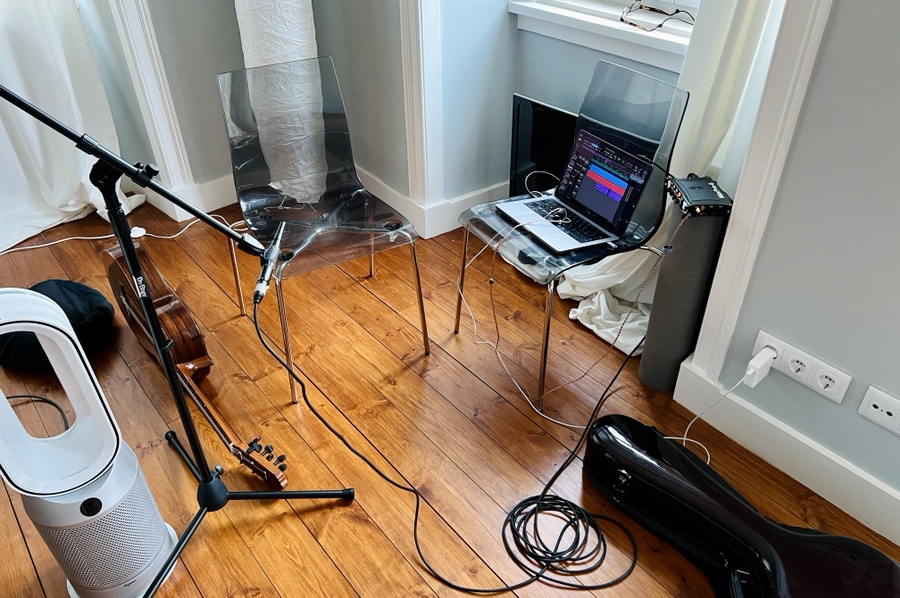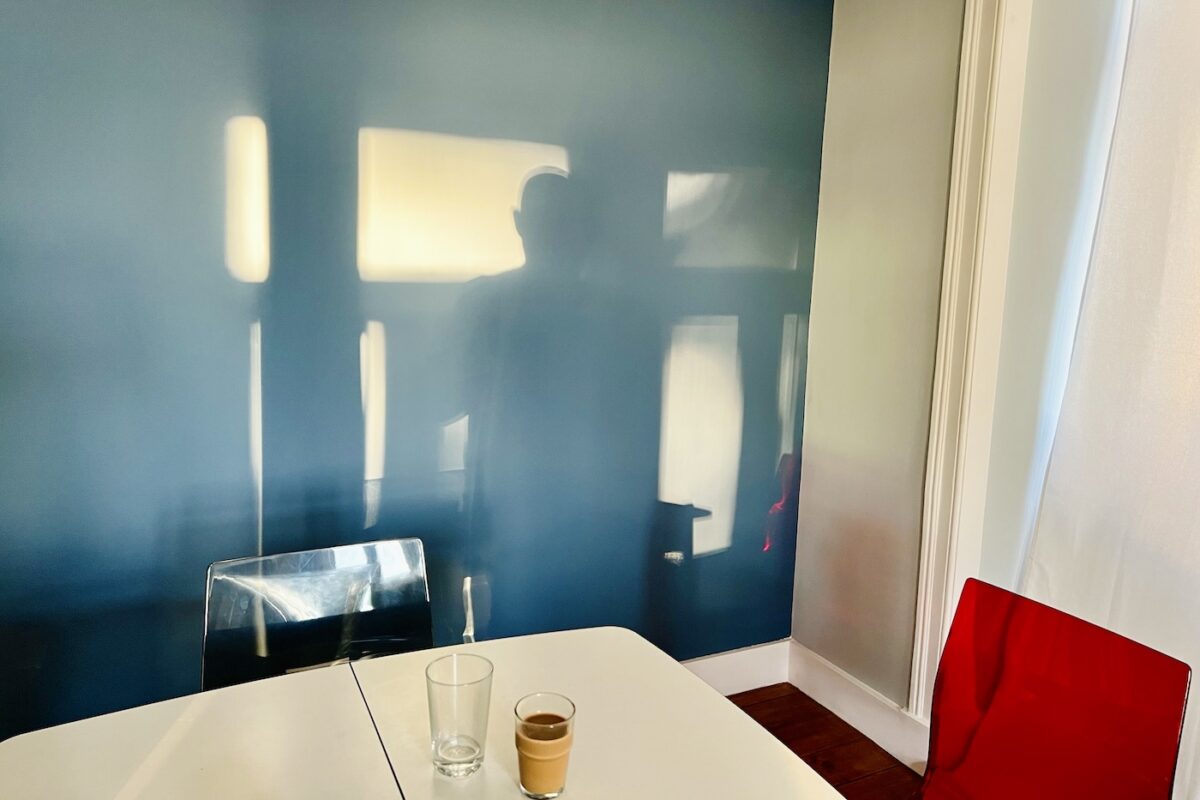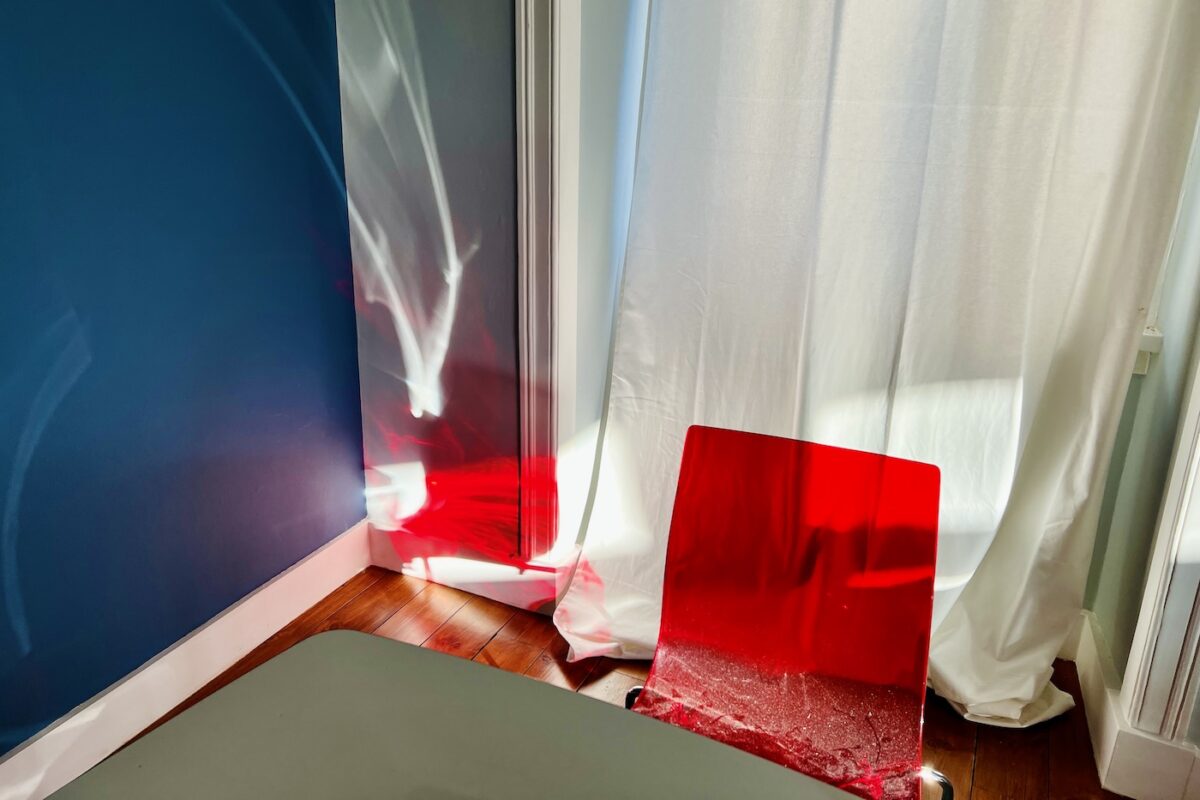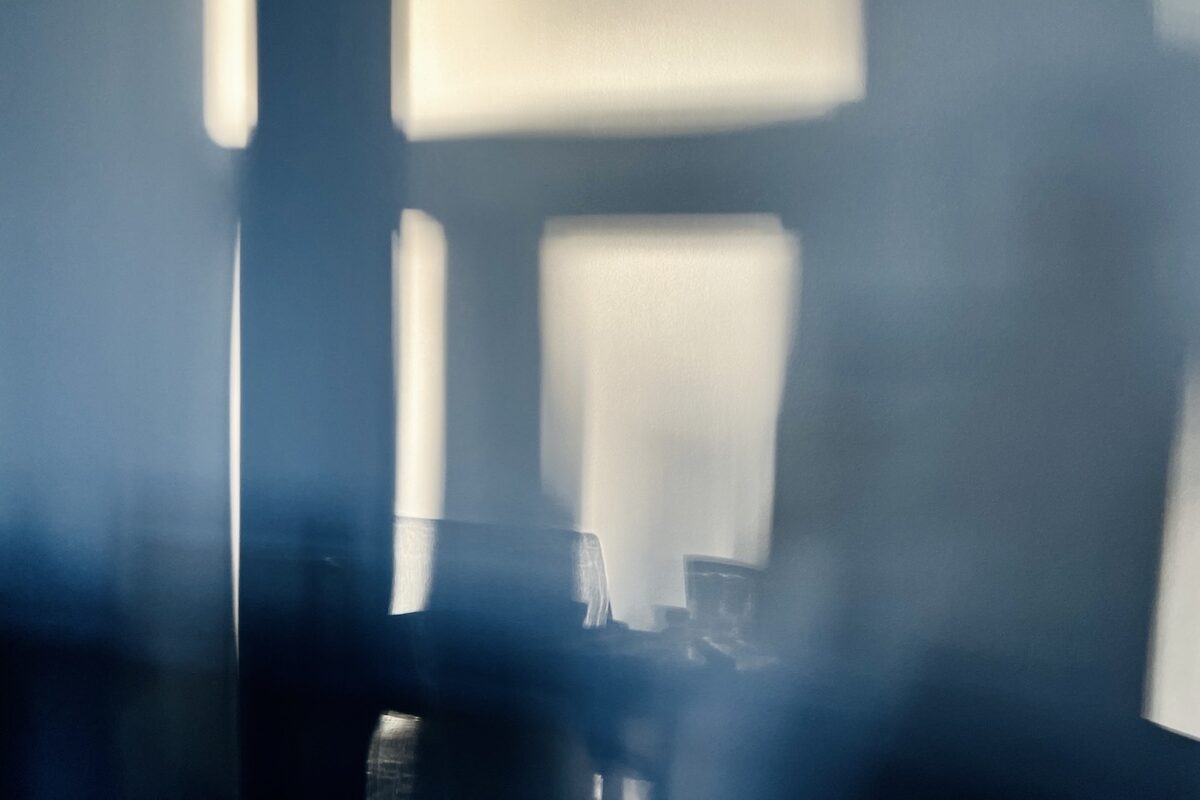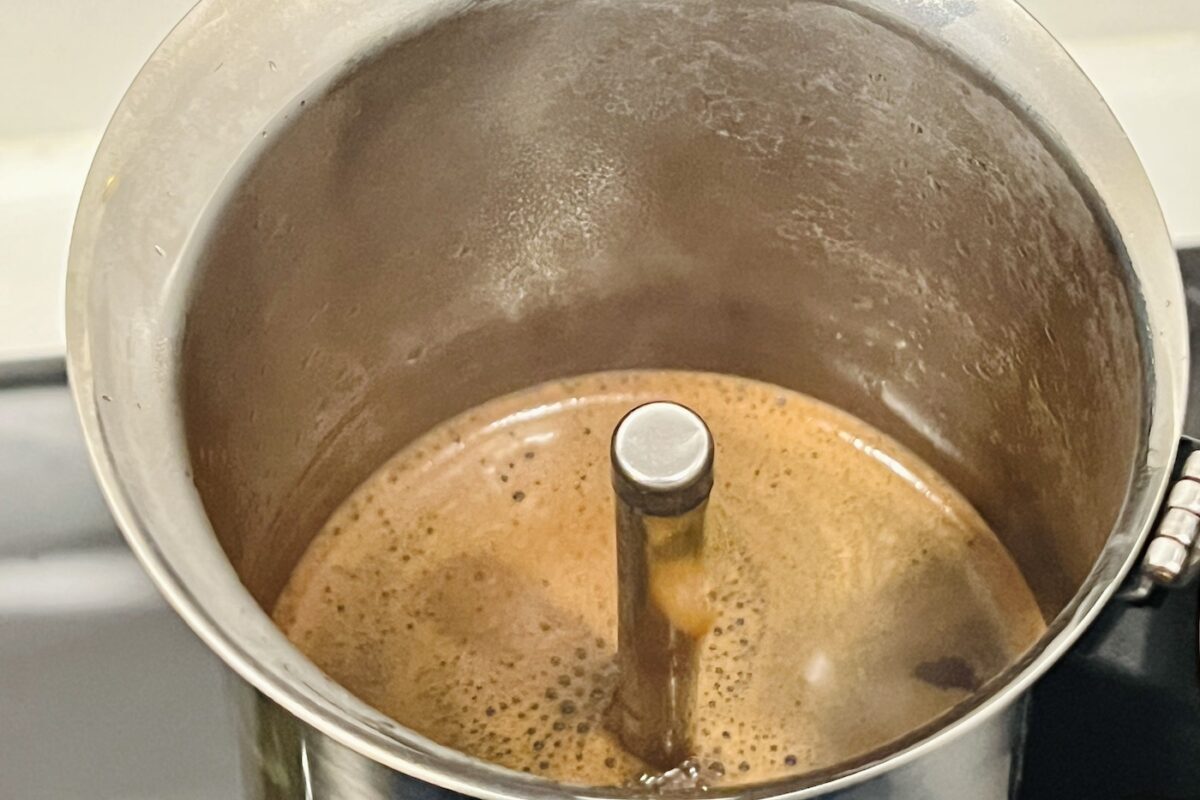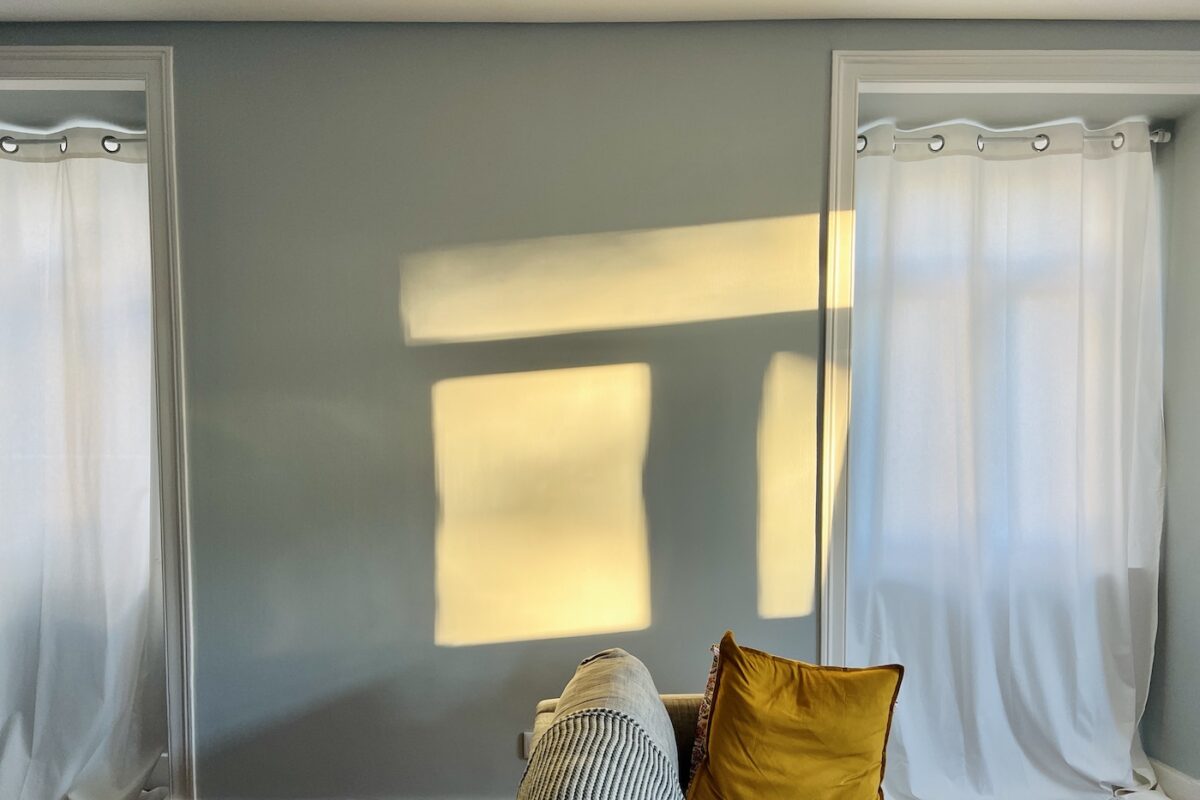02023-01-11 | Guitar
Jeff Beck, among the most innovative and certainly the most unpredictable of ’60s guitar heroes, has died. He was 78.
Jeff Beck, One of the Guitar Masters of the Rock Era, Dies at 78 – Variety
For me he was THE best. His tone, his phrasing, his bending… Damn, he was so good. I keep returning to Live at Ronnie Scott’s, which I have on DVD. Spellbinding, to watch Beck do some of those things. Jon gave me the vinyl LP of Emotion & Commotion, produced by the great Steve Lipson. I think I also have the vinyl of Blow by Blow, which I bought decades ago. End of an era.
People use the word legend very freely.
Sometimes they are right. Sometimes not.
Jeff defines the word.
This one hurts and also the real fact is that NO ONE will ever come close.
ONE note is all he had to play and it was game over.
His one of a kind playing-talent and work cannot be overstated!
I am still processing like we all are.
Steve Lukather on Lefsetz Letter
Here is a fun listen/watch: Remember (Walking in the Sand)
02022-12-13 | Guitar, Performance
Yesterday afternoon I had to fix my nails. I was playing guitar and noticed that the acrylic shields were coming loose from two nails. I can usually feel it happen and it can also sound a little different. Of course, I don’t want the acrylic to come off while I am performing although that has happened. Sometimes the nail-shield is loose but nevertheless holding on too tight and I can’t pull it off without damaging the nail underneath. Playing at the Vogue in Vancouver, years ago, I asked the band to improvise while I dealt with a nail and went backstage. Since there was no time for a new shield to dry, I re-glued the shield that had come off. Another time I was playing at Greg Gorman’s birthday party and he told me he actually saw a nail come off and sail through the air as I was playing. For a moment he thought it was an actual nail. Oh, the horror.
I decided to combine a couple of older fingernail posts into one big nail post and added an update at the bottom:
I remember reading a blogpost many years ago where someone had asked Paco de Lucia about playing guitar. The post was taken down later, perhaps because it wasn’t an authorized interview, perhaps because of the language Paco used, not knowing it would be published. I will always remember it though because it was so true. Here is part of it – and here is the link to the full quote:
I could not live without the guitar, but at the same time this is no way of life, because it is such a difficult instrument, so ungrateful; you dedicate your whole life to it, hours and days, and suddenly you come up on stage, and that day you feel in perfect shape for playing, and still you don’t hit one single string right, and you cannot figure out why… it depends on so many things, on how long your fingernails are… I am talking about tenths of millimeters, and you ask yourself. What is going on? Where am I failing? And it could be a badly polished nail…
As a teenager I read an interview with a classical guitarist. She said that one has to file one’s nails a little bit every day. At the time I figured that the statement was hyperbole, but eventually I figured out that she was right. Nail care is the most underrated aspect of being a nylon string guitar player, whether we play classical or flamenco guitar.
In places where the humidity is high nails grow a little faster, as does hair. When playing on the East Coast I may have to file my nails every single day, but in a dry climate like New Mexico or Arizona that’s not necessary.
It amazes me how differently guitar players file their nails. There are many different ways people do the filing itself, and also many different shapes that they give their nails. Some guitarists file only in one direction, others file back and forth, some go for flat nails and others for slightly pointy ones. Mine are rounded, neither flat nor pointy. But no matter what, it’s something a guitarist has to deal with all of the time.
It is not good when one walks onto a stage, excited to perform, and then discovers that the nails grew a little too much… and suddenly one gets stuck on strings. A fraction of a millimeter is all it takes to throw the guitarist off and too long is as bad as too short…
I sometimes wonder whether one can observe how people open doors and cupboards and know immediately whether they are guitar players. As a teenager I trained myself to open everything with my left hand, so I would not chance breaking a nail. I can imagine an episode of Sherlock, the one with Cumberbatch as Sherlock Holmes, where he says it was the guitar player because, although he is right handed, he trained himself to do things with his left hand. Therefore he could have committed the murder instead of a left-handed person.
There are two reasons to fortify one’s nails: to prevent ripping part of the nail off accidentally during the hours of the day that one doesn’t play guitar, and to enable the player to create a stronger tone. The latter is especially important when one performs with a drummer. Being able to play a little louder makes the sound engineer’s job a lot easier.
Recently I did some research into different ways to protect my nails. In the late Eighties I used a few layers of superglue. In the Nineties I added baking soda. This created a much stronger nail, but was frayed with danger. Adding too much baking soda to the superglue creates so much chemical heat that one can develop a blister underneath the nail, a terrible experience. In the late Nineties I switched to acrylic powder with superglue.
Last year I experimented with a bunch of different nail polishes. I figured that since nail polish is a billion dollar industry a lot of research must go into improving it.
I discovered that good nail polish is not actually very hard, and certainly not as hard as superglue with acrylic powder, but it is flexible. That’s how chipping is prevented, and the polish appears to self-repair. And that doesn’t work for guitar playing because it ruins the attack. The nail polish seems to absorb the guitar string rather than to bounce it back.
So now I am back to using acrylic powder and super glue. I did notice that it makes a big difference when I remove the natural oils from my nails by putting a little nail polish remover onto a cotton pad and wiping the nails before brushing on the superglue. And, because it is nice to try something new, I will start using a black acrylic powder I recently found.
Today I still use acrylic powder with Krazy Glue brand super glue. I tried other, more expensive, brands of super glue but since I didn’t notice that they made a difference I went back to Krazy Glue. Another advantage of this brand is that it can be found in any drugstore, should I need more supply while on tour. I also still use nail polish remover before I start with the glue application, because it removes any oil on the nail, evaporates quickly, and makes the glue adhere better.
I bought reusable cotton fabric pads to use with nail polish remover but they didn’t seem to work very well. Besides, the disposable pads are also made from cotton and totally can be reused. Each pad lasts at least six months for me. I put the bottle of nail polish remover and a couple of disposable cotton pads in a baggie. A second baggie contains the glue and a small container of acrylic powder. I have traveled with the same container for years, because I buy larger acrylic powder packages and then pour the powder into this small container.
I buy my files at Sally Beauty at DeVargas Mall, in Santa Fe, and have done that for decades. This is their 4-way file. I never use the coarsest part of the file but the other three are perfect for different situations. I buy at least five of these every time I’m in Santa Fe. I have tried reusable metal files but have never found anything that worked for me. If you have any suggestions, please leave them in the comments. I also use this buffer block, which Stephen Duros turned me on to a long time ago. Perfect for the finest polishing and the final buffering.
I try to fix my nails at least a day before a concert because it takes a while for the super glue and acrylic powder mix to cure. The nail may feel hard right away but it will sound better, much better, after several hours or, ideally, overnight. Let me be more specific: when plucking strings the difference between a recently done nail and a well-cured one will be very small, since we use the underside of the nail, but when strumming or doing rasguados the difference will be much larger and obvious, because we use the top of the nail.
Here is another tip, born out of experience: take the temperature into consideration. Is the stage warmer or colder than the room in which you wait before the performance? When your hands are cold the nails will protrude more and may feel too long. When your hands are warm the flesh covers more of the nail and the nail will feel shorter. If you are in a cold room and decide that your nails are too long and file them shorter, when you go onto a stage that is warm, especially under old-fashioned non-LED lights (which put out a lot of heat!), your nails will soon be too short. We are not even talking about a millimeter… a difference of a small fraction of a millimeter can make a big difference. It forces an adjustment while performing instead of just playing.
02022-11-26 | Guitar, Lx, Music, Video
My guitar was delivered to the apartment just moments ago and I was thrilled to see that it was in perfect condition. Not a scratch on guitar or case. Very happy.
The music is something new I am working on. It’s a 6/8 feel over 4/4 and the second guitar will be a plucked reggae part. I just played the second guitar part along with the video and it works very nicely.
Recorded with a phone propped up against a pillow. :-)
02022-11-26 | Coffee, Guitar, Lx, Photos, Travel
I arrived in Lisbon yesterday morning after a long, long day of traveling that started in Durango at 0600. Well, all of me arrived, except my guitar. (((I like William Gibson’s idea of the “Soul Delay” of long distance travel, whereby the soul can’t keep up and will invariably arrive later.))) Guitar had to travel as baggage, because the overheads for international flights are too small and I can’t afford a business-class ticket (((Business Class: no worries, your guitar can go into this closet. Economy: your guitar travels with the other suitcases or you won’t fly.))). I am not too worried because it’s a new case that was recommended by my luthier Keith Vizcarra, who also set the case up perfectly for the instrument. Plus this guitar will stay here and won’t have to travel for a long while. (((Tip: Don’t just buy a case and jam the guitar into it. Either take the time to set up the case yourself or ask a luthier to do it. It can make a huge difference. You don’t want the guitar to move even a fraction of an inch!!))) So I spent a long time at lost baggage in Lisbon which, after 22 hours of travel, isn’t fun. As the man, who created the claim, said: “Most likely you will get a call from us tomorrow and we will deliver the guitar case to your apartment. Most likely.”
Called an Uber to the airport. The driver called my mobile and asked me where I was, because it can be difficult to find the Uber pick up spot at this airport. I replied where Uber pick ups always happen, indicating that this wasn’t my first rodeo. A few minutes later he arrived and another twenty minutes later I was in my flat, or most of me was. Too wired to sleep and too tired to do much. Eventually I walked to a favorite cafe and had lunch. That helped. Went to the store and got a few basics, something to make for dinner, milk for morning coffee. Bought another type of oatmilk, hoping to eventually find something that can replace milk for me. The two milk products I haven’t been able to replace are yoghurt and milk for coffee. I love yoghurt.
I wanted to go to sleep at 1900 yesterday but made myself stay up until around 2200. This morning I feel much improved. While I am still waiting for my guitar, my “soul” must have caught up overnight. I got up and made coffee and enjoyed the light show of the morning sun in my apartment.
Good news: I just received a phone call from the airport. My guitar was found and will be delivered later today…
02022-11-01 | Guitar, Question:Answer, Recording
Eric Nolan asked:
When you mix, do you pretty much leave the EQ and other guitar effects the same once you find your sound or do you find yourself starting with a clean slate every song and exploring from there?
My guitar EQs are guitar-specific, meaning they are created for each guitar and because of that particular guitar’s acoustic properties. EVERY guitar’s sound has an ugly component somewhere, some part of the sound that is boomy or muddy or otherwise not right. An easy way to find this component is to insert an EQ on the guitar track and to sweep the frequencies one suspects of unpleasantries, while boosting the EQ. Now the bad stuff will jump out and be very obvious. Narrow the EQ to taste, then roll off those frequencies. Save this as a preset for that guitar. That guitar EQ should work every time, but you will have to adjust it when using a different microphone.
I always have at least two EQ presets for every guitar, one for RGtr (rhythm guitar) and one for MGtr (melody guitar), with the rhythm guitar EQ rolling off a little of the general low end in addition to the above described surgical removal. I often play several RGtr tracks (the chorus of Barcelona Nights was made up of three RGtr tracks and two MGtr tracks) and if I leave the RGtr tracks too “thick” they will take up too much room. I also EQ reverb returns, but I’ll save that for another time.
This gives me an idea: it might be interesting for some of you if this could be a component of the subscription site: I could record a video or do a screencast of a mixing session and explain why I record, mix, master the way I do. Or perhaps the occasional Zoom session to answer questions.

